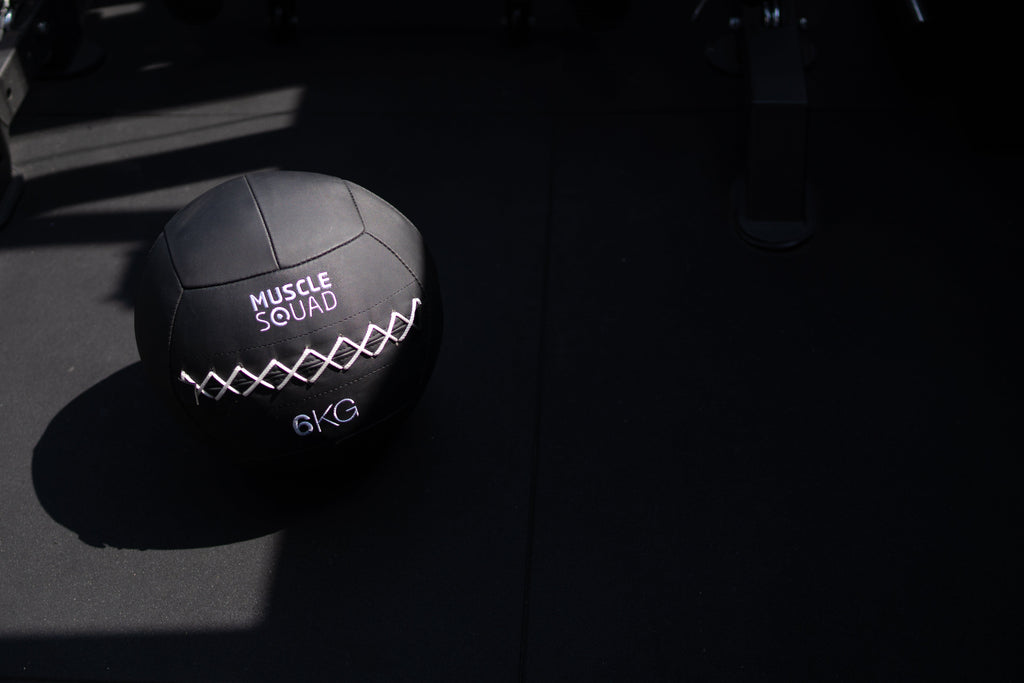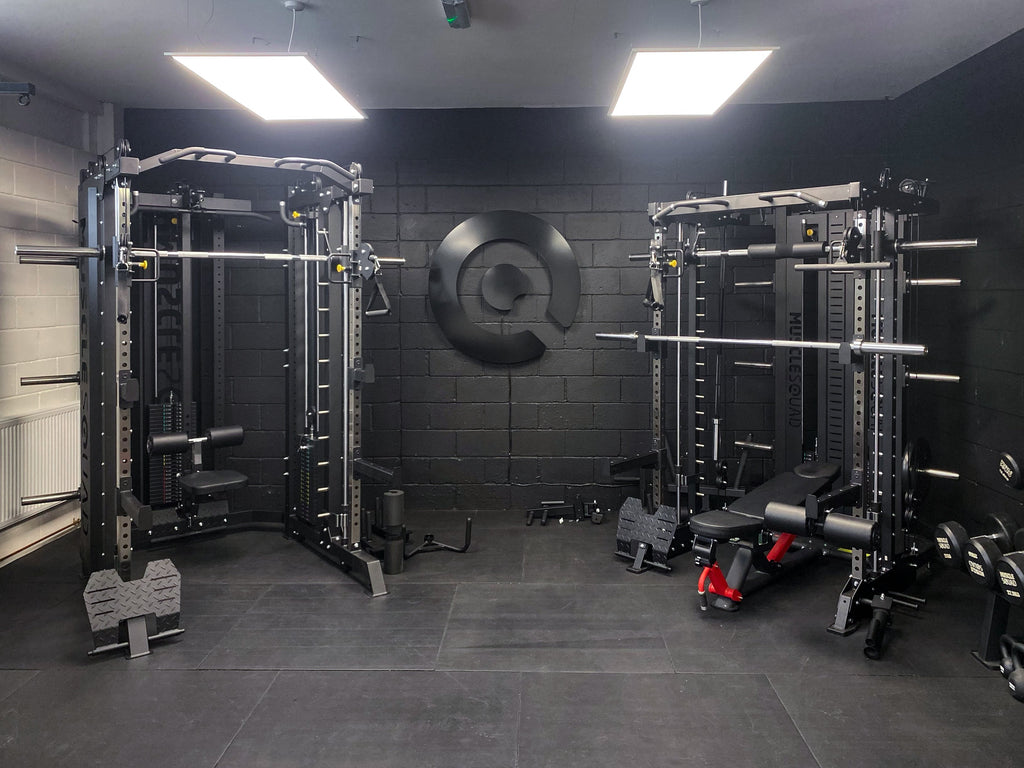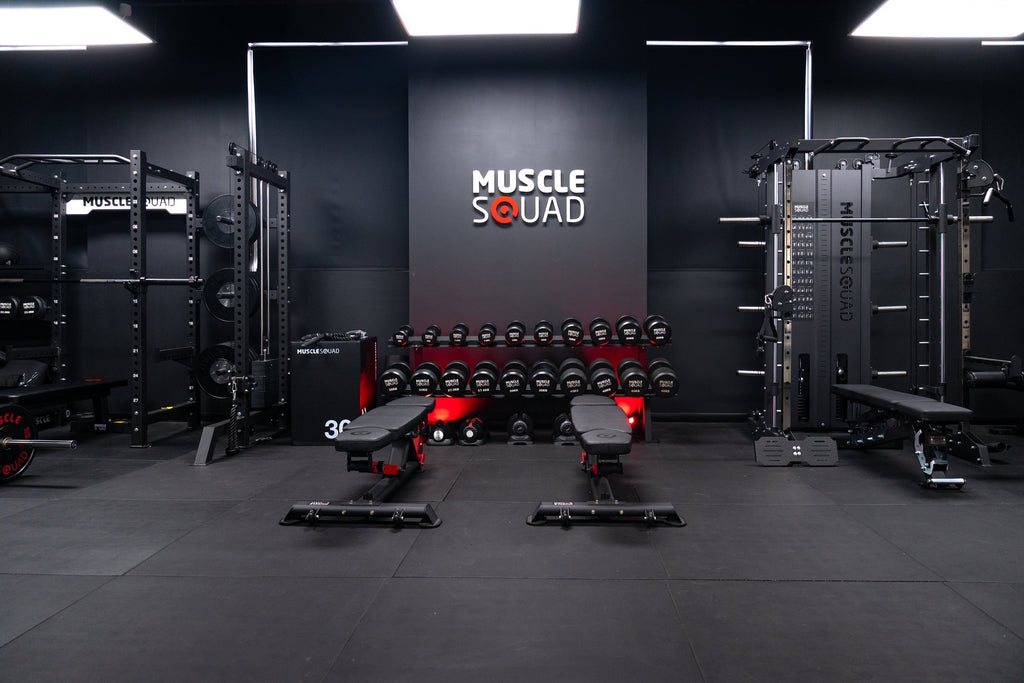While smith machines aren’t quite as popular as the barbell, they’re still a great tool to use for heavy lifts, rehabbing injuries and isolating your muscles. They’re plate-loaded, just like the straight bar, but how much weight should you attribute to the smith bar when you’re lifting?
Smith machine bar weight
Unfortunately, there’s not a standard weight to a smith bar like there is with a straight bar. While a 7ft Olympic barbell weighs 20kg in gyms across the country, smith machines vary greatly.
The smith bar in our popular Multi-Functional Trainer has a base resistance of 8kg. This is from using counterbalances on either side of the bar to generate a smoother glide and a friendlier starting weight, but each manufacturer will differ. It all depends on the weight of the bar itself and what counterbalancing is used, which you’ll be able to find listed on the equipment or by contacting the manufacturer directly. Smith bars can weigh between 4kg-20kg, with most models falling in the 8kg-12kg range.
What is counterbalancing?
A counterbalanced smith machine uses a weighted pulley system to reduce the felt weight of the bar when training. A smith machine with a 20kg bar and no counterbalancing will generate 20kg of base resistance when in use, while that same bar with a 4kg counterbalance on either side will generate 12kg of felt resistance.
Because of this, it can be difficult to gauge the weight of your smith machine. Even if you know how much your bar weighs, you might not know whether it’s counterbalanced or not.
How does counterbalancing work?
Counterbalancing in a smith machine works in a similar way to a seesaw. Let’s say you have a 20kg bar, with a 4kg counterbalance on either side for a total counterbalance of 8kg. These counterbalances are constantly pulling against the smith bar, which is why it only takes an additional 12kg of resistance from the user to lift the bar up, even though it weighs 20kg. This mechanism allows manufacturers to use heavy, durable bars in smith machines to unlock a high max load rating without losing the benefits of having a low base resistance.
What if I don’t know the weight of the smith machine I train on?
In this case, we’d suggest taking one of two approaches. Either never factor in the smith bar’s weight or assign an estimate to it. Whichever you do, just make sure you’re consistent.
If you do assign a weight to the bar, then it’s important to use this for each of your workouts. Do some reps of the smith bar with no weight loaded and take your best guess at its base resistance. Add this figure onto your weight plate load in the same way you would with a barbell.
If you don’t assign a weight to the bar, then simply keep track of how much you lift in plates each session.
Why should I train with a smith machine?
The smith machine has numerous benefits for beginners and advanced lifters alike. Due to counterbalancing, they’re usually built to give you a lighter base resistance than you’d get from a traditional barbell. This is ideal for those who are new to fitness, are rehabbing injuries or need to be careful with their joints.
On the more advanced side, they’re also great for isolating your muscles — like honing in on your quads during a squat. Since you can lock the bar into position, they’re also preferred over a traditional barbell for exercises like calf raises.
That’s your smith machine 101 complete! They’re brilliant pieces of kit for all types of fitness enthusiasts. Check out our Multi-Functional Trainer and its Advanced cousin if you’re in the market for a smith machine yourself.
Happy training!

 Jun 04, 2024 - Cameron Brierley
Jun 04, 2024 - Cameron Brierley


Leave a comment: